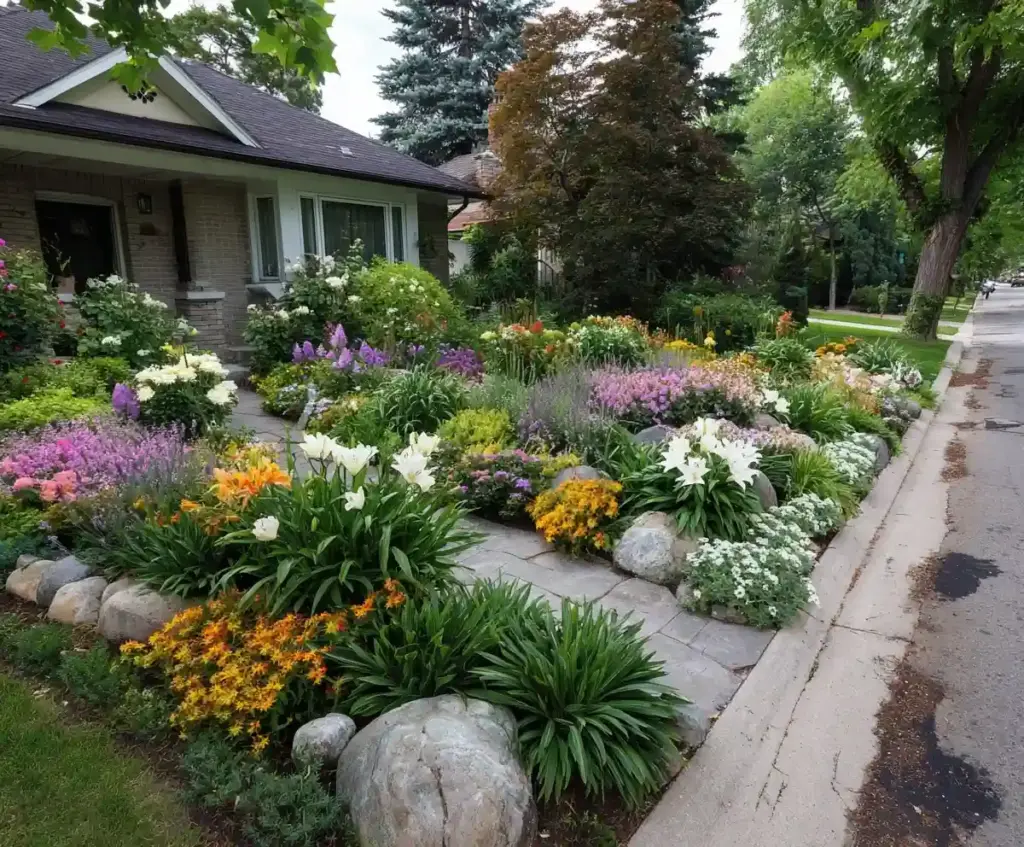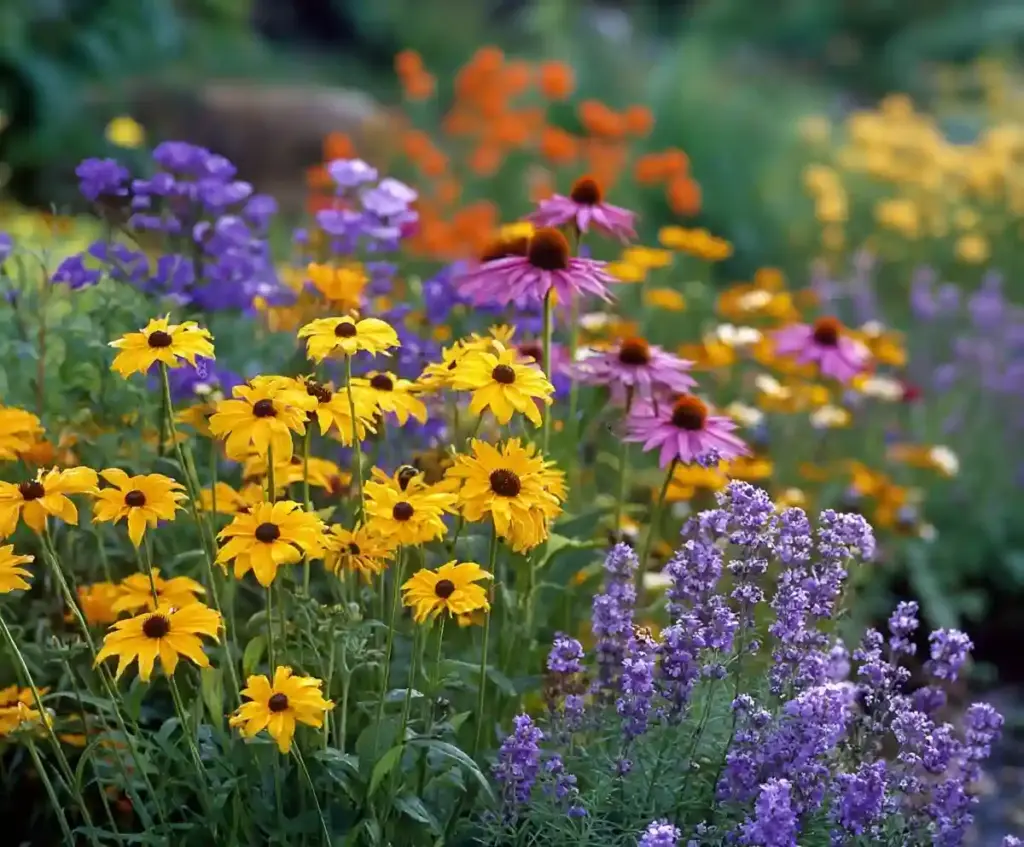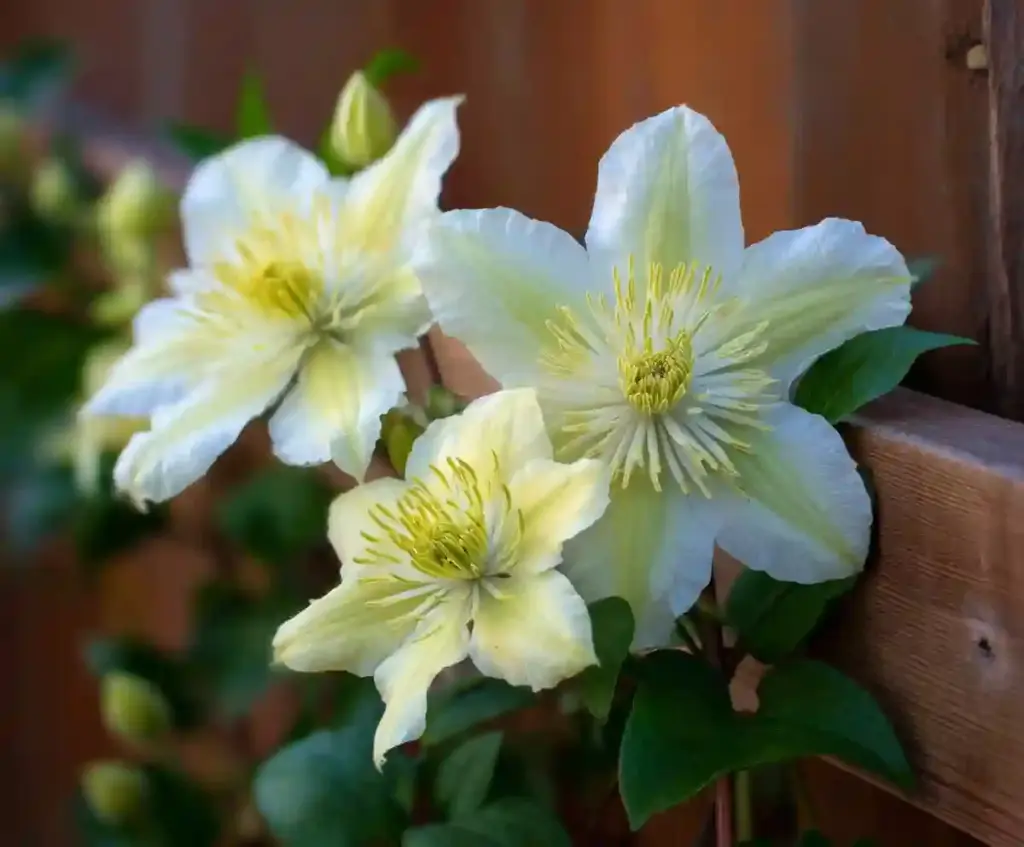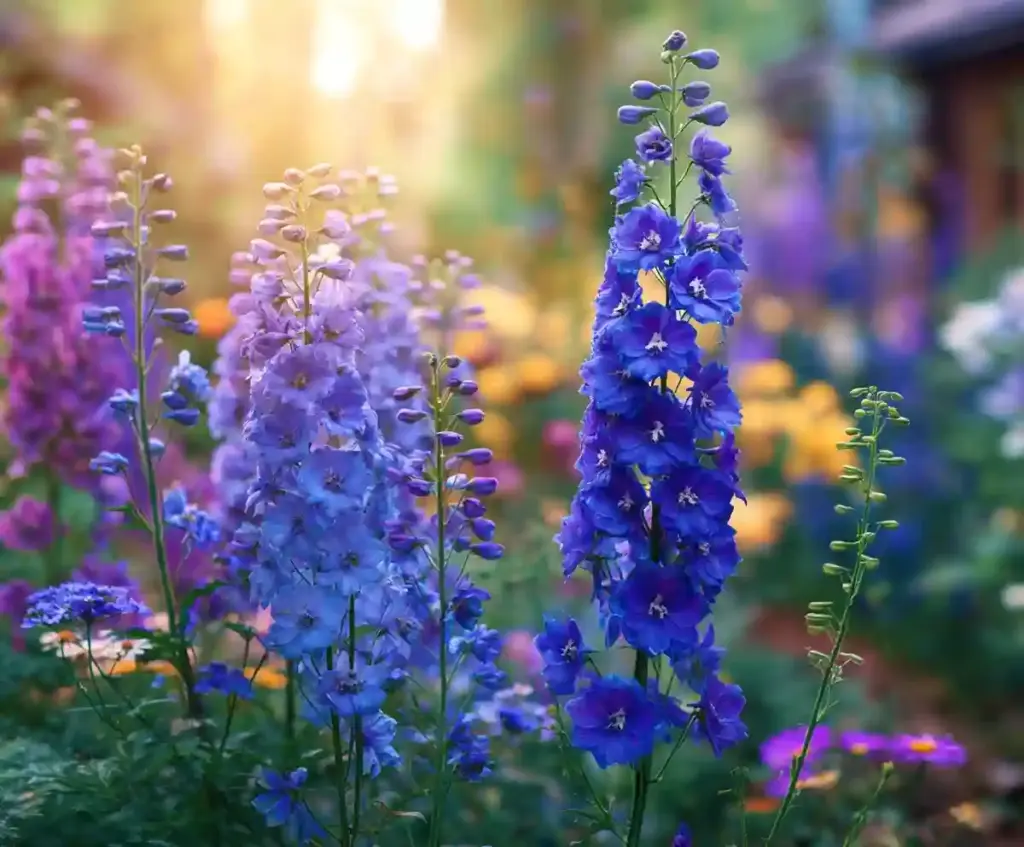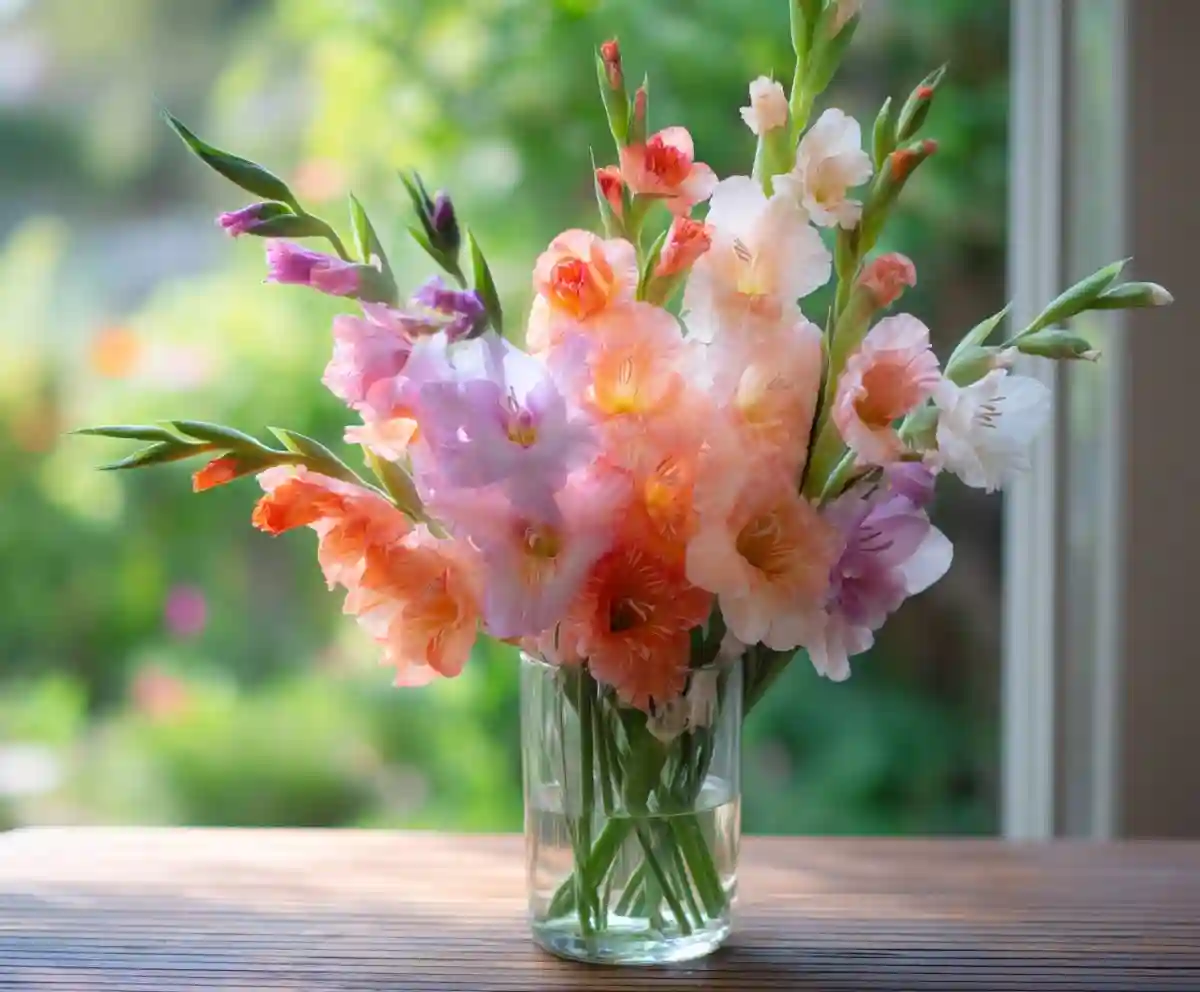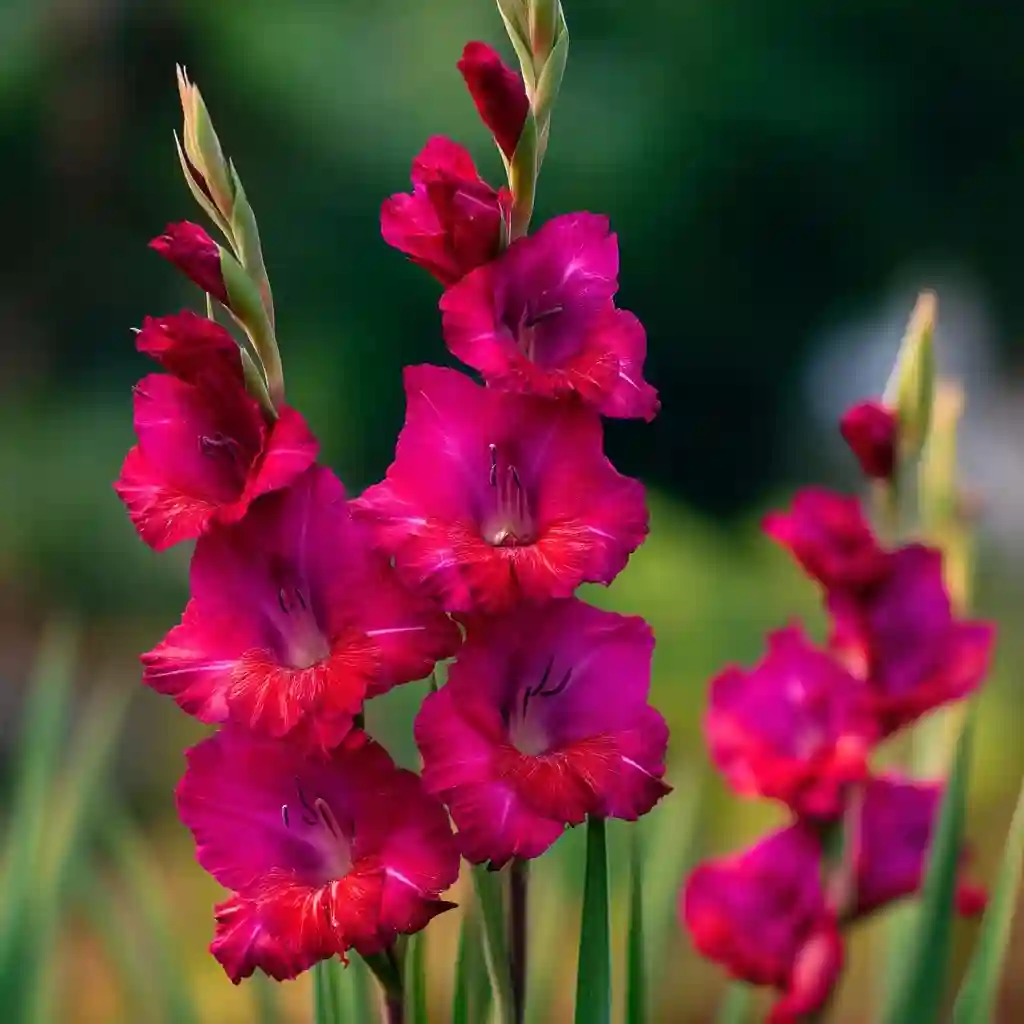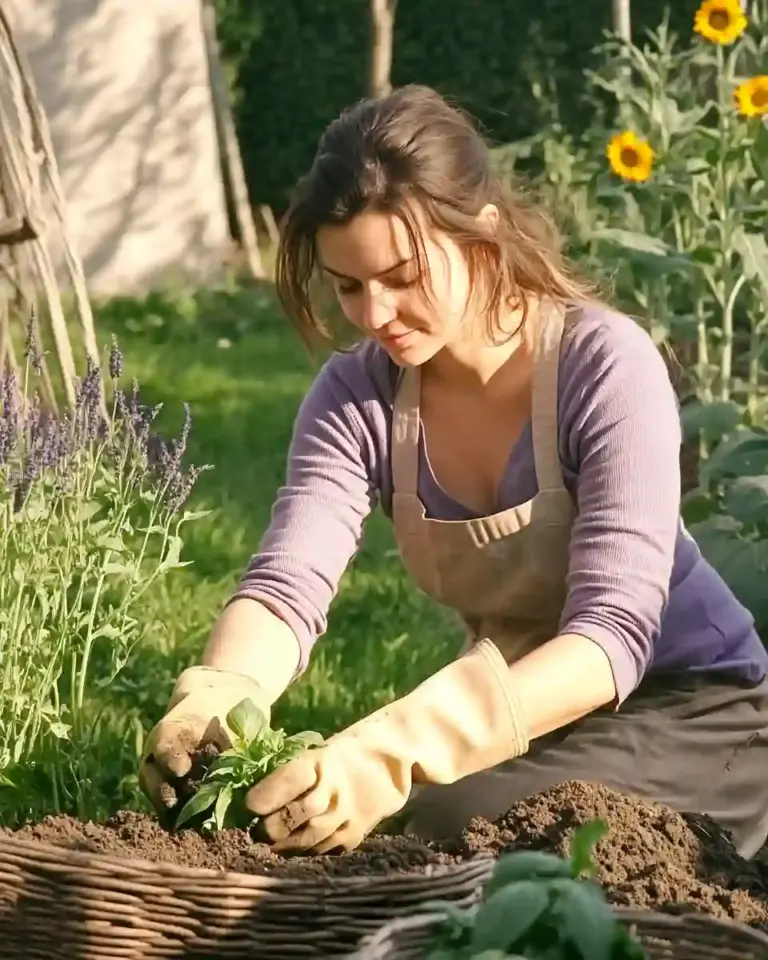August birth flower enthusiasts are treated to not one, but two meaningful options: the bold Gladiolus and the graceful Poppy. Each flower carries rich symbolism, vibrant beauty, and unique characteristics that reflect the diversity of those born in this summer month.
Whether you’re drawn to the towering elegance of gladiolus or the dreamy charm of poppies, August’s floral duo provides a personal connection based on personality, symbolism, or garden style. The tradition of assigning birth flowers adds a poetic touch to birthdays, and with August, the choices reflect both strength and imagination.
Table of Contents
Why Are There Two Birth Flowers in August?
It’s not uncommon to wonder why the August birth flower includes both gladiolus and poppy. The answer lies in cultural traditions and evolving floral symbolism over centuries.
Birth flower assignments weren’t standardized across civilizations. Different regions and historical periods celebrated plants that bloomed locally or held spiritual meaning. As these traditions merged—particularly in Victorian England and modern Western culture—some months adopted multiple birth flowers.
In August’s case, gladiolus symbolizes strength, integrity, and inner resolve. Poppy, on the other hand, represents remembrance, imagination, and emotional healing. This duality allows for a more personal connection—whether you resonate with the gladiolus’s commanding presence or the poppy’s delicate symbolism.
Additionally, regional availability plays a role. Having two options ensures at least one flower is seasonally and geographically accessible for gifting or gardening.
August Primary Birth Flower: Gladiolus
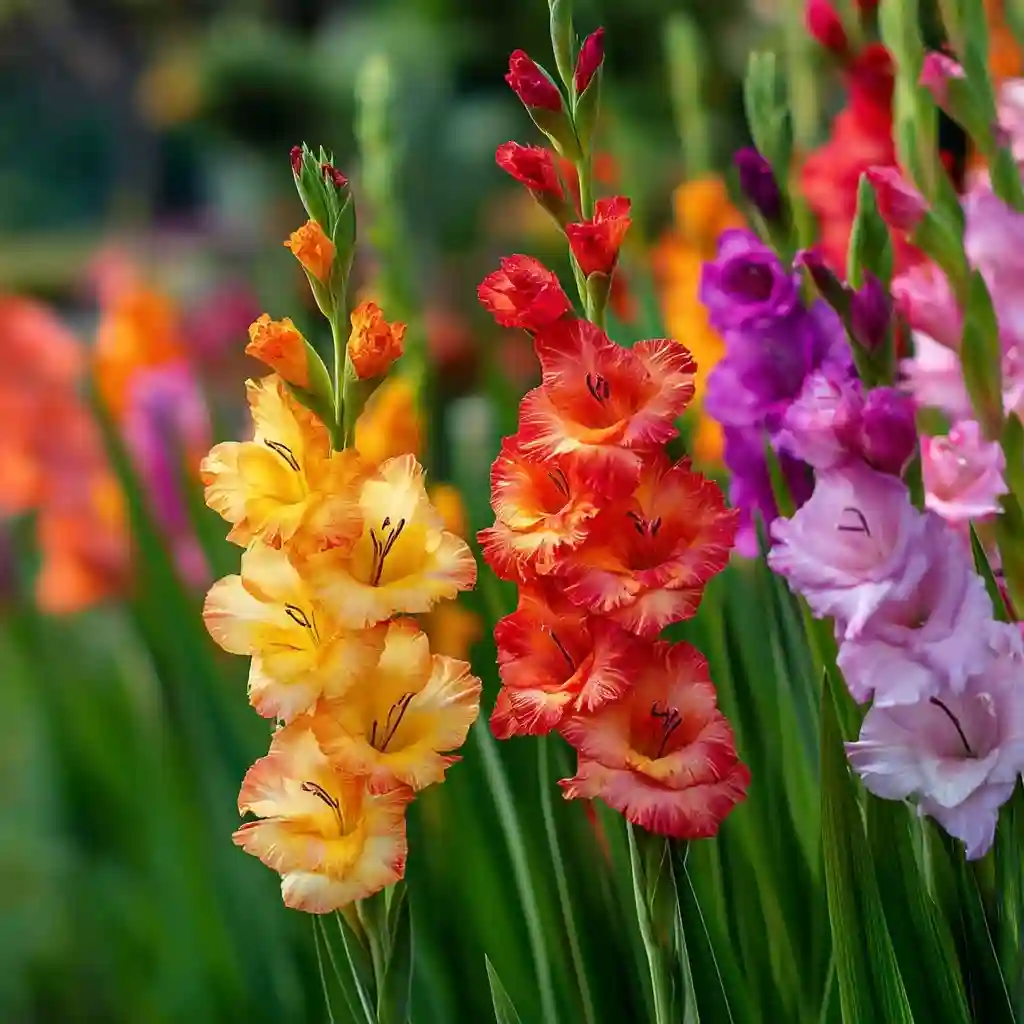
A. General Overview
As the primary August birth flower, gladiolus stands tall—both literally and symbolically. Known for its bold spikes of color and ancient associations with valor, this flower has long been admired in gardens and bouquets alike. Its name comes from the Latin gladius, meaning sword, a nod to its blade-like leaves and warrior-linked past.
B. Description
Gladiolus is a striking perennial that grows from underground corms. The plant features tall, unbranched stalks with rows of trumpet-shaped flowers and slender, sword-shaped foliage. Its architectural beauty makes it a standout in any landscape.
C. Growth Habit
This flower thrives from corms similar to bulbs. Depending on the cultivar, gladiolus can reach impressive heights between 2 and 6 feet. The upright stems stay sturdy, even when heavily loaded with blooms, making it ideal for cut flower arrangements and dramatic borders.
D. Flower Characteristics
The gladiolus comes in a spectrum of vibrant hues—fiery reds, sunny yellows, soft pinks, royal purples, and even pure whites. Blooms typically line just one side of the spike, with some stems showcasing as many as 40 flowers. Petals may be ruffled, frilled, or smooth, adding variety to their presentation.
E. Blooming Season
Planted in succession, gladiolus can flower from mid-summer through early fall. This extended bloom period is perfect for keeping summer gardens lively and colorful deep into August and beyond.
F. Hardiness
Gladiolus is hardy in USDA zones 8 through 10. In cooler climates, gardeners can lift and store the corms over winter, replanting in spring once the soil has warmed. This adaptability makes it a viable August birth flower option in a range of regions.
G. Sunlight & Soil
For the best performance, gladiolus should be planted in full sun with rich, well-draining soil. Consistent moisture helps develop strong blooms, but overly wet conditions may cause rot.
H. Garden Uses
This flower’s height and bold coloration make it ideal for mixed borders, statement plantings, and cutting gardens. Gladiolus also thrives in large containers and looks especially impressive when grouped in clusters or rows.
I. Historical Context
In ancient Rome, gladiolus symbolized strength and victory. It was given to victorious gladiators, reinforcing its image as a flower of courage and fortitude. Today, it retains those same associations, often featured in memorials and ceremonies.
J. Regional Origins
Native to South Africa, gladiolus has been grown for centuries. It made its way to Europe in the late 1500s and gained massive popularity during the 18th and 19th centuries as breeders created more colorful and robust hybrids.
K. Symbolic Meanings
- Strength and integrity: A representation of moral and emotional resilience
- Remembrance: Commonly used in tributes and sympathy arrangements
- Infatuation and admiration: A romantic gesture meant to “pierce the heart” with beauty
L. Why It Was Selected
Chosen as the main August birth flower for its elegance and symbolism, gladiolus brings bold visual impact and emotional depth. It’s a flower that both commands attention and communicates heartfelt meaning.
M. Fun Fact
You can extend your gladiolus bloom time by planting new corms every two weeks from spring to midsummer. This succession planting guarantees a continuous display well into fall.
August Secondary Birth Flower: Poppy

A. Overview
While gladiolus takes center stage, the poppy shares the spotlight as the second August birth flower. Renowned for its delicate form and emotional depth, the poppy evokes a sense of calm, remembrance, and creative spirit. It has long held symbolic weight across cultures—from ancient myths to modern memorials.
B. Description
Poppies belong to the Papaveraceae family and are known for their paper-thin petals, often ruffled or crinkled in texture. They bloom in a wide array of colors, including red, orange, yellow, white, pink, and even purple. Many varieties feature a distinctive dark center, giving them a dramatic and eye-catching appearance.
C. Growth Habit
Poppies can be annuals, biennials, or perennials depending on the species. These graceful plants typically grow between 1 and 4 feet tall. With branching stems and airy foliage, poppies add a soft, whimsical texture to gardens and landscapes.
D. Flower Characteristics
Most poppy flowers have four to six petals and come in single, semi-double, or fully double forms. The blooms often flutter in the breeze, giving gardens a romantic and ephemeral look. In some varieties, a dark blotch decorates the base of each petal, adding depth to the flower’s color palette.
E. Blooming Season
While not exclusive to August, many poppies finish blooming by early to midsummer. Their early season presence still aligns with the August birth flower theme, symbolizing renewal and memory as summer transitions toward fall.
F. Hardiness
Poppy hardiness depends on the species. Oriental poppies (Papaver orientale) are cold-tolerant and thrive in USDA zones 3–8. California poppies (Eschscholzia californica), on the other hand, are better suited for warmer zones like 8–10. This diversity allows gardeners in various climates to enjoy poppies in their preferred forms.
G. Sunlight & Soil
Poppies favor full sun and well-draining soil. Once established, they are fairly drought-tolerant and can adapt to poor soil conditions, making them a low-maintenance favorite among gardeners.
H. Garden Uses
Whether sprinkled through a wildflower meadow or planted in neat garden beds, poppies lend themselves to many uses. They are perfect for rock gardens, mixed borders, cottage gardens, and as airy fillers in floral arrangements. Their soft movement and vivid colors also attract pollinators like bees and butterflies.
I. Historical Context
Poppies date back thousands of years, with evidence of cultivation in Mesopotamia, ancient Egypt, and Greece. The flowers were often associated with the cycles of life and death, partly due to their soporific qualities. In Greek mythology, poppies adorned Demeter, goddess of the harvest, as a symbol of grief and rebirth.
J. Opium Poppy
One notable species, the opium poppy (Papaver somniferum), has been used medicinally since ancient times. It was cultivated for its potent pain-relieving compounds, leading to both its reverence and controversy. Its dual identity—as healer and narcotic—adds to the flower’s rich narrative.
K. Symbolic Meanings
- Remembrance: Especially associated with WWI memorials and “In Flanders Fields”
- Sleep and death: Connected to the flower’s sedative properties and mythological roots
- Imagination and dreams: A nod to the dreamlike effect of its compounds and aesthetics
- Consolation and sympathy: Often used in times of loss or mourning
L. Why It Was Selected
The poppy was chosen as an August birth flower not only for its beauty but also for its deeply emotional and poetic symbolism. Its fleeting blooms capture life’s fragility and the power of memory, making it a meaningful floral emblem for August birthdays.
M. Fun Facts
- Poppy seeds are edible and used in baking, especially in bread, muffins, and pastries.
- The flowers close at night and reopen in the morning, a behavior that adds to their symbolism of sleep and rebirth.
Conclusion
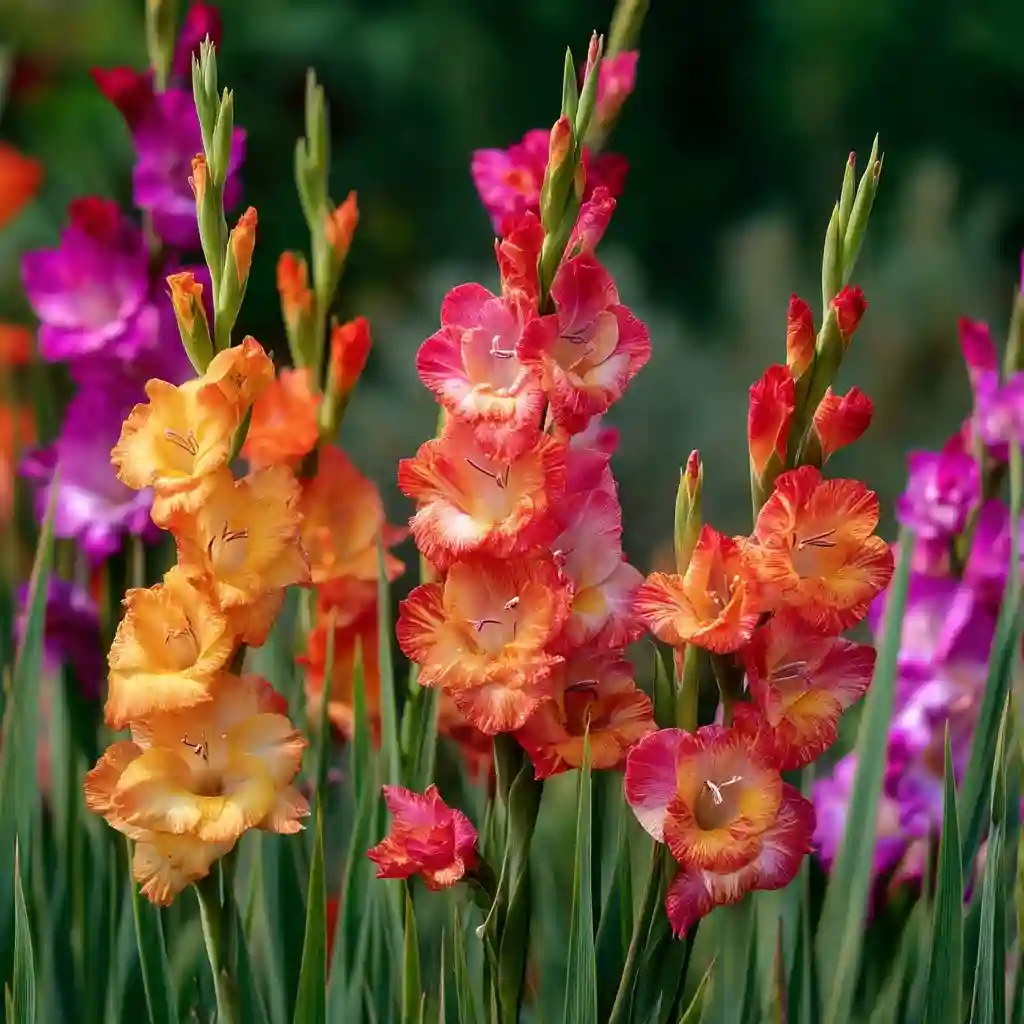
Whether you’re drawn to the commanding presence of gladiolus or the ethereal charm of poppies, the August birth flower offers something special for everyone. Gladiolus symbolizes strength, integrity, and admiration, while poppies bring messages of remembrance, creativity, and consolation.
Each bloom reflects the depth and diversity of those born in August—resilient yet reflective, bold yet imaginative. Adding these flowers to your garden or gifting them for a birthday not only enhances beauty but also shares a timeless message rooted in history and emotion.
Looking for more inspiration for your garden? Explore companion flowers for summer borders or browse our seasonal planting guides for more tips.
🌿 Love gardening inspiration? Follow me on Pinterest for bold plant ideas, tips, and seasonal color!
More Posts

